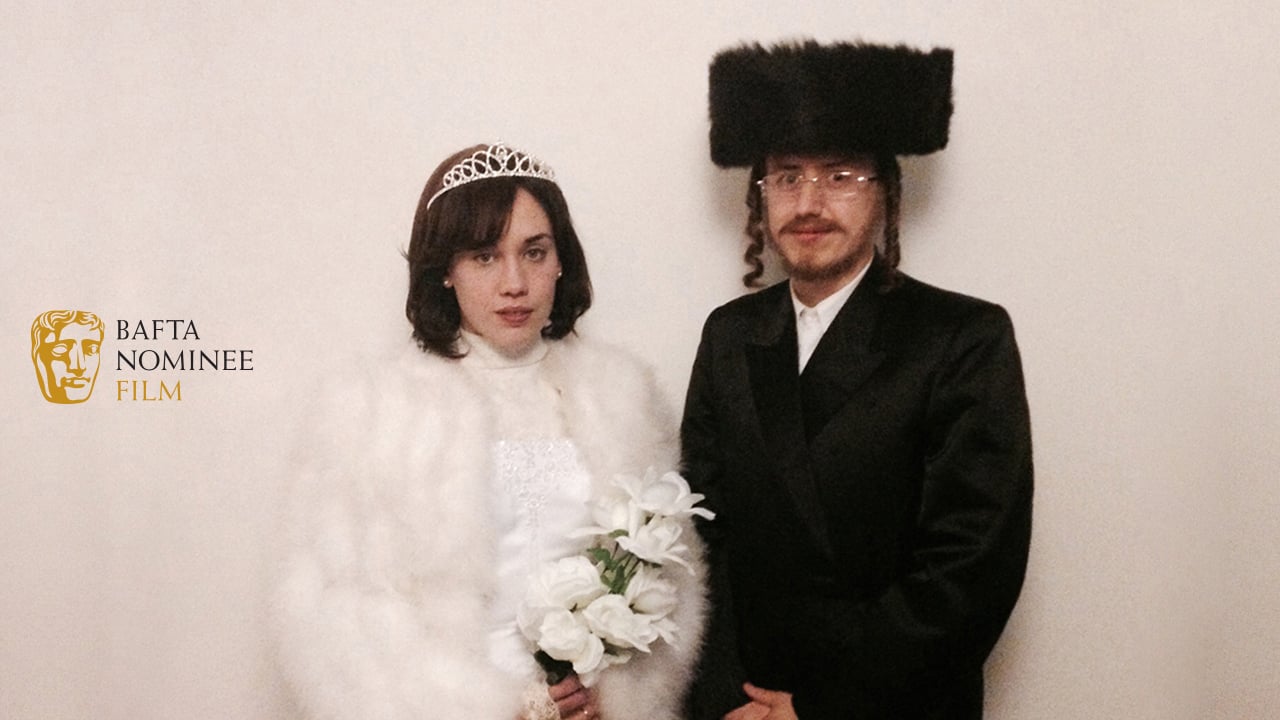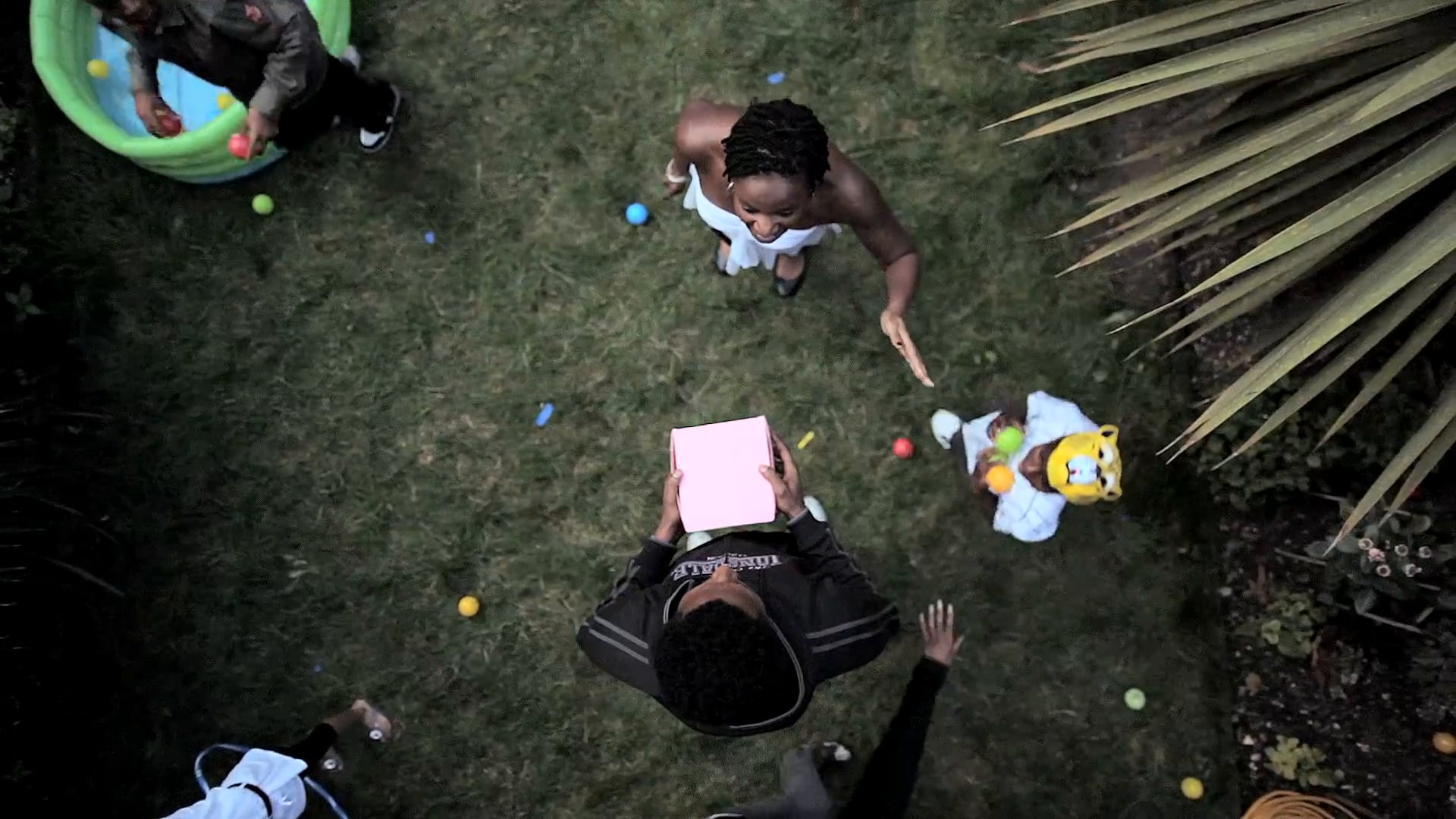Please briefly tell us about your childhood. Were you obsessed with anything in particular?
I spent a lot of time by myself. I had a Speak & Math toy. It was the best of times, it was the worst of times.
You’ve created your own visual language to explore the psyches of characters whether it be the unhinging of King Lear or the emotional, albeit endearing, conflict of Samuel-613. For God View you created a rig as a device to express a physical perspective of the inner thoughts of someone deeply disturbed. Please tell us how your distinctive multi-layered film voice evolved.
Monkey see, monkey do. I try not to be too conscious of it!
What is behind your intrigue and sensitivity for how other people’s minds work – particularly those that are more complex or perhaps function outside of the “regular” social map?
When I watch something, I want to see something new. I’m not interested in the same old stories about generic white people. It’s more exciting to see the underrepresented people in society – the outsiders – they deserve recognition too.
How did you go about casting King Lear – Phil Davis is of course extraordinary – and was it a different collaborative process directing him than the cast in Samuel-613?
Des Hamilton & Lara Manwaring did the casting. With a name actor like Phil, you write them a nice letter and hope they like the project. Directing him was no different from anyone else, even if I was slightly nervous knowing he had worked with some greats like Mike Leigh and Alan Clarke.
What were the main challenges of shooting King Lear and how did you resolve them?
I hadn’t shot with animals or wind machines before, so those were both new experiences, but as usual the main challenges were the limitations of time and money while trying to maintain as much control as I could get my greedy little hands on.
By the time you shoot do you have an absolute idea where the narrative is heading or does the script evolve considerably as you go through the process of filming and editing?
I usually have a clear idea, then I fuck it up or it doesn’t work, so things naturally keep evolving to the very end. But I like flexibility and spontaneity – they’re important elements to achieving authenticity. Maybe the freestyling adds a kind of chaotic energy.
Please tell us about your creative process when making a film. For instance to what extent and how do you research your subjects? What’s your favourite part of the process? Do you find that there’s usually a really tricky moment in production when you think it’s not going to work and then it comes together?
There’s always a moment in pre-production when my anxiety peaks, usually about two weeks beforehand. At that point I finally accept it’s going to be a disaster and things become more relaxed. Research is often a fun stage. I went to a few nursing homes while thinking about this project.
Where do you call home, and where do you live and work now?
Apart from a brief stint in Buenos Aires, I’ve been living in Hackney for the last 13 years. An early pioneer of the Nathan Barley lifestyle.
You were selected for Guiding Lights mentoring scheme paired with director Ben Wheatley, who surely must have some apposite wisdoms for you. What were the key lessons you learnt from this experience?
Basically, follow your instincts. Also some good tips on writing, blocking, directing actors, and editing.
List five inspirations that have connected with you recently…
Son of Saul, books on Bruegel and Bosch, Hypernormalisation, Ronnie O’Sullivan
LINKS















